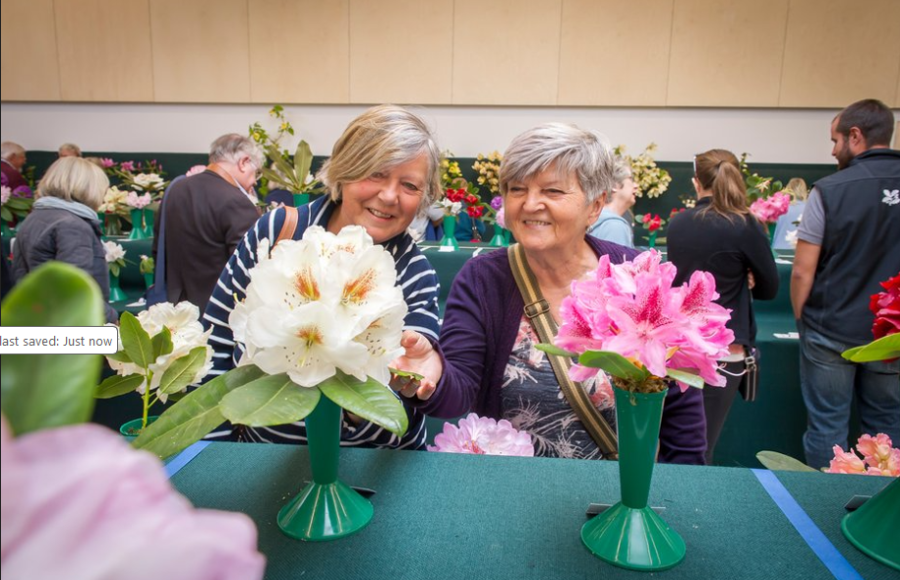
Our friends at Ocean Backpacker's in Ilfracombe have written this piece about the South West Coast Path, and the forthcoming film, The Salt Path ...
Walking the North Devon Section of the Southwest Coast Path: A Journey Through History and Landscape
There’s something special about walking the Southwest Coast Path, particularly the North Devon section, where wild cliffs plunge into the tumultuous Atlantic Ocean, and the windswept moors meet the rugged coastline. Here, history, literature, and nature converge in a way that takes your breath away.
The significance of this section of the path is captured in Raynor Winn’s moving memoir The Salt Path. Winn and her husband, Moth, embarked on a similar journey when their lives were turned upside down by the loss of their home and Moth's terminal diagnosis. Their story, full of hardship, courage, and an overwhelming connection to the landscape, brought new meaning to the idea of walking for healing. If you retrace their footsteps along the North Devon coast, you might feel the emotional weight of their journey as you absorb the same dramatic views.
The coastal path is challenging, and the terrain often feels as though it hasn’t been tamed for human convenience. Steep ascents, slippery descents, and narrow pathways that edge precariously along cliff faces demand all of ones attention. As you push on, you will be rewarded with wild beauty of the land, and the extraordinary landscapes that Raynor so evocatively captured in The Salt Path.
One of the great joys of walking the North Devon section of the Southwest Coast Path is how every bend reveals a new and stunning vista. The golden sands of Woolacombe Bay stretch out before me, where surfers take on the waves and children play along the shore. Further along, the dramatic cliffs at Baggy Point beckon, these are the very landscapes that Raynor and Moth traversed as they sought to heal and rebuild their lives.
And it’s not just the views that evoke a sense of history, but the towns and villages that line the path. Instantly recognizable landmarks, like the Damian Hirsts statue of Verity standing guard over the historic harbour in Ilfracombe and the village of Clovelly, whose cobbled streets descend sharply to the sea, are reminders of the resilience of the communities that have lived here for generations. The fact that these villages still thrive, perched on the edge of this powerful coastline, speaks volumes about the enduring connection between the people and the land.
Probably the most poignant moment of the walk comes as you near the famous Lundy Island, visible on the horizon. Lundy is a fascinating place, not only for its stunning natural beauty but for its rich history and wildlife. Just as it is a place of escape, it also symbolizes the feeling of refuge and the catharsis that Raynor and Moth sought as they walked the path. In their eyes, the island represented a sanctuary from the turmoil they had faced. In mine, it stands as a powerful reminder of the ways in which walking can offer not just a way forward, but a path back to oneself.
However, if camping is really not that appealing to you, Ocean Backpackers in Ilfracombe and also an official Waymaker passport stamping point, offers affordable comfort and much of the North Devon section of the Southwest Coast Path can be achieved in sections, using public transport. Find out more here ... https://oceanbackpackers.co.uk/
Ilfracombe is a small, charming town lies on the coast path and the hostel is in the Harbour area so very convenient for everything you might need and boat trips to Lundy.


